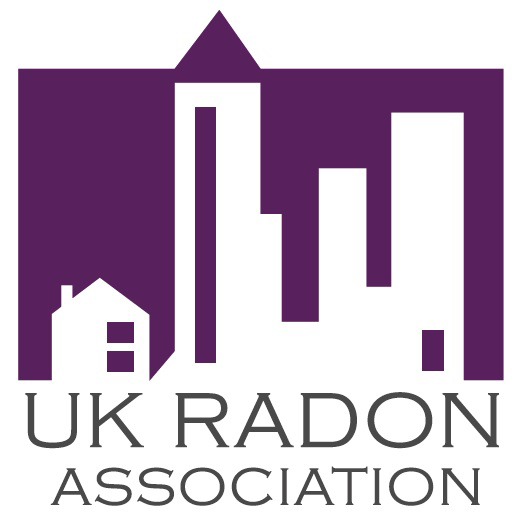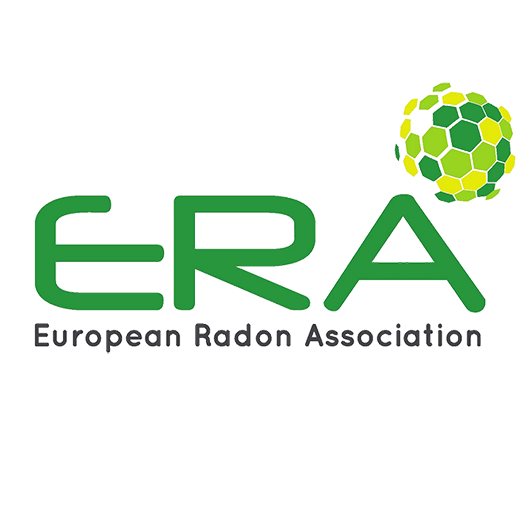What is a radon reference level?
Radon concentration in the air is measured in Bequerels per cubic metre (Bq/m³). The results of all radon testing carried out in the UK will display the results in this form.
What levels are acceptable?
Workplace regulations in the UK determine 300 Bq/m³ as a reference level. (UK Ionising Radiations Regulations 2017 or IRR17). If the result of the radon measurement is less or equal to this value, no action is needed.
If the annual average radon concentration is greater than 300 Bq/m³, regulation IRR17 applies, and action is required to reduce radon levels or manage exposures. HSE must also be notified of the result.
In the case of homes, the reference level is 200 Bq/m³. If the radon test shows an annual average radon concentration below 100 Bq/m³, the house does not require remedial measures. If the result is between 100 and 200 Bq/m³, remediation is advised. If the annual average radon concentration is greater than 200 Bq/m³, it will be necessary to remediate the building and then retest.
How to lower radon concentration to an acceptable level?
There are different ways to reduce radon levels. Because each case is different, a solution that works for one building may not necessarily work for another, even if radon levels are similar.
The best way to conduct radon mitigation is to contact a radon mitigation professional, who will advise a solution based on that particular case.





